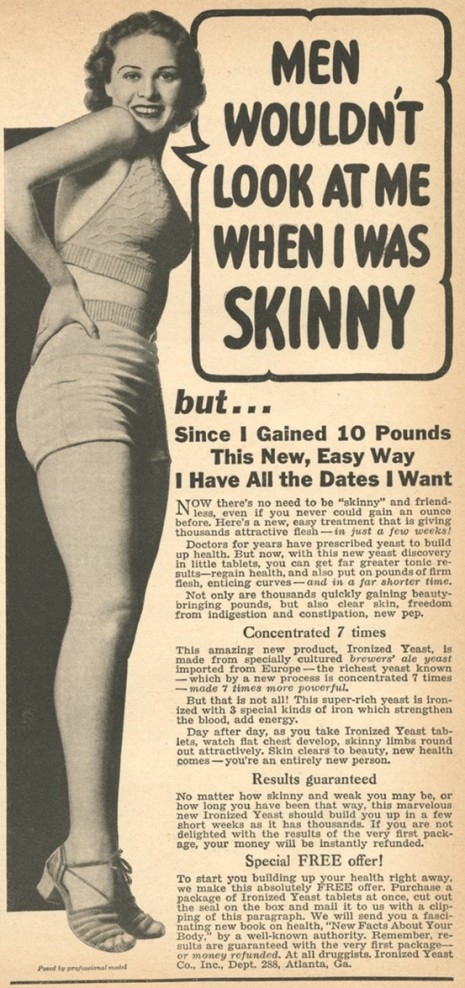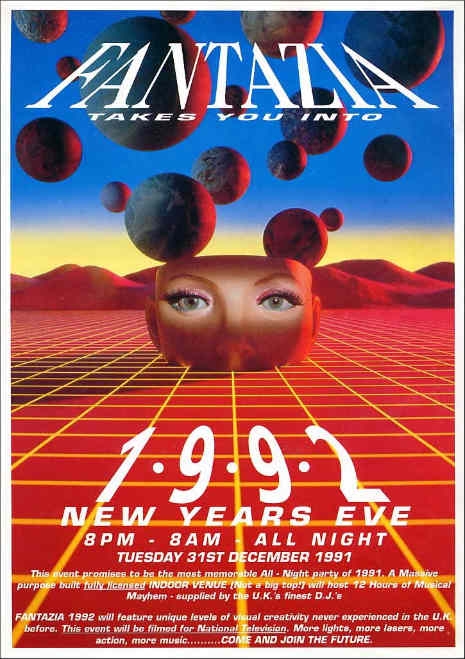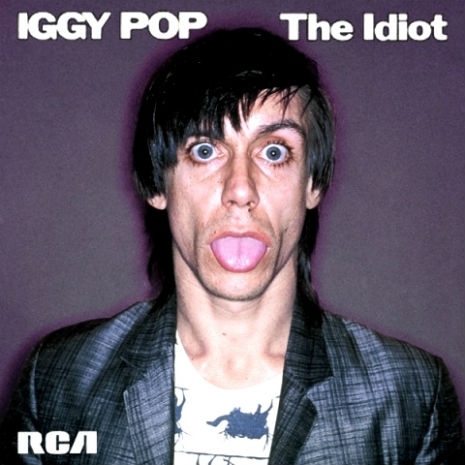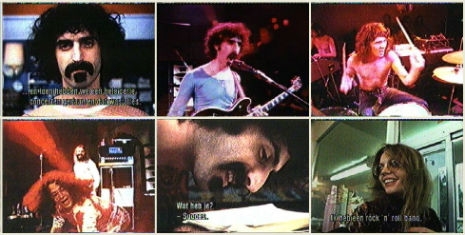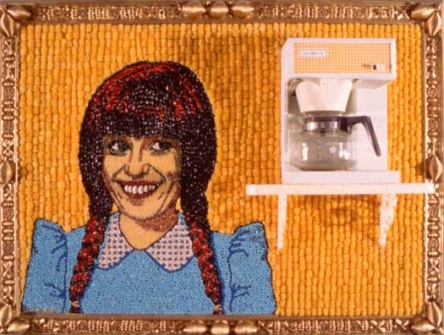
Dangerous Minds pal Chris Campion, who runs the Saint Cecilia Knows record label in Berlin writes this post about Mickey Newbury, who has been called “the Nick Drake of Country Music”:
It’s no small irony that the song Mickey Newbury is best-known for is the only one he didn’t write: “An American Trilogy,” the medley of Civil War anthems that was adopted by Elvis as a centrepiece of his Vegas-era shows.
“An American Trilogy” came about on-the-fly during a performance by Newbury at the Bitter End West in Los Angeles (in November, 1970) that was witnessed by Mama Cass, Odetta, Joan Baez and Kris Kristofferson. It was there that he decided to mount a quiet protest against what he perceived as the political censorship of the old minstrel standard, “Dixie”, a song that had become so weighted down by its association with the Civil War that in the civil rights era of the late ‘60s and early ‘70s its public performance literally started riots, and resulted in moves to ban the song outright in various states.
Newbury first performed the song against the backdrop of an era awash with partisan patriotic rabble-rousing, not so far removed from the America of today. During his 1968 Presidential campaign, Governor George Wallace had “Dixie” and “Battle Hymn of the Republic” blasted out at his political rallies, attracting pockets of white supremacists. In the early ‘70s, Nixon tried the same thing, as well as appropriating country music to win over working class whites as part of his “Southern Strategy.”
Today, his impassioned defence of “Dixie” would likely be interpreted as the act of a reactionary conservative. But Newbury’s intention was not to provoke or inflame political sentiment further but precisely the opposite. He wanted to expose the insensate hysteria surrounding not only “Dixie” but also the whole issue of American identity, on both sides of the political spectrum and reconnect the song with its emotional core. He wanted, he said, “to take the Klan’s marching song away from them” and return it to the land and its people.
Newbury’s performance of “Dixie” that night at the Bitter End was so impassioned that it moved Odetta to tears. When he saw, from the stage, how he had affected the great gospel singer Newbury, was so distraught that instead of stopping after he finished “Dixie,” he rolled right into “Battle Hymn of the Republic” and then “All My Trials.” It wasn’t until he recorded the medley for his 1971 album ‘Frisco Mabel Joy that he gave it the title, “An American Trilogy.”
The studio version is included as part of a new box set (also titled An American Trilogy) collecting Newbury’s achingly-beautiful late 60s and early 70s albums—Looks Like Rain, ‘Frisco Mabel Joy and Heaven Help The Child—which were recorded with the same group of Nashville session musicians who backed Dylan on his trilogy of Nashville albums (beginning with Blonde On Blonde). Order your copy here or get it on iTunes.
Download a 4-track sampler of the box set, including the studio version of “An American Trilogy”:
Below, Mickey Newbury performing “An American Trilogy” on The Old Grey Whistle Test.
Mickey Newbury on The Johnny Cash Show, March 17, 1971:








